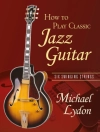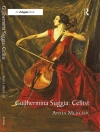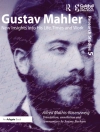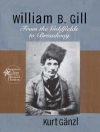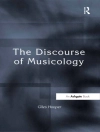Of the several genres comprising Schubert’s prodigious compositional output, the one that has attracted the least attention from scholars has been his approximately 500 dances. Of these, more than 200 were published during his lifetime, twice as many as his songs; and they were received enthusiastically by the public. Yet, strangely enough, there has been only one slim volume devoted to the subject and it is in German, Schubert und das Tanzvergnugen (Schubert and the Enjoyment of the Dance). A translation of the opening section of that book forms the Introduction to our volume where it is entitled "Dancing in Vienna in the Early 19th Century." Although the composer’s dances have been enjoyed in the United States and England by pianists and their pupils for generations, the current book is the first in English about them. Furthermore, there are relatively few articles or commentaries of substance thattreat them seriously. Our publication begins with chapters on the minuets, all of which were written for members of his family, and his ecosaisses, primarily itended for his friends. Later another section is devoted to the polonaises and his other four hand dances, works that Schubert composed mainly for his only serious students, the Countesses Marie and Caroline Esterhazy. But by far the largest portion of the volume is devoted to the quick, triple-meter compositions Schubert labeled German dances or landler, although his publishers most often gave them the title of Waltzes. The composer, however, used the term Walzer just once in his lifetime; and he did so in the course ofa humorous poem to rhyme with the word Pfalzer, an inhabitant of the Rhine region of Germany, at the conclusion of a dance he in fact called a Deutscher (German dance). In the course of studying the dances a number of points insufficientally, or not at all, discussed in the Schubert literature has emerged. For one thing forty, approximatel 8% of these relatively short compositions-most are only 16 or 24 measures in length-begin and end in different keys. This is and aspect of Schubert’s fremarkable harmonic imagination also visible in some 75 of his well over 600 songs. Another aspect of interest is that, despite their similarity in meter and tempo, there is a considerable diffence in musical character between the dances Schubert called German dances and those he labeled landler. A third noteworthy feature of the composer’s dances is the manner in which all of his later published
Martin Chusid
Schubert’s Dances [PDF ebook]
For Family, Friends and Posterity
Schubert’s Dances [PDF ebook]
For Family, Friends and Posterity
Achetez cet ebook et obtenez-en 1 de plus GRATUITEMENT !
Langue Anglais ● Format PDF ● Pages 294 ● ISBN 9781576472637 ● Maison d’édition Boydell & Brewer ● Publié 2013 ● Téléchargeable 3 fois ● Devise EUR ● ID 7035477 ● Protection contre la copie Adobe DRM
Nécessite un lecteur de livre électronique compatible DRM



